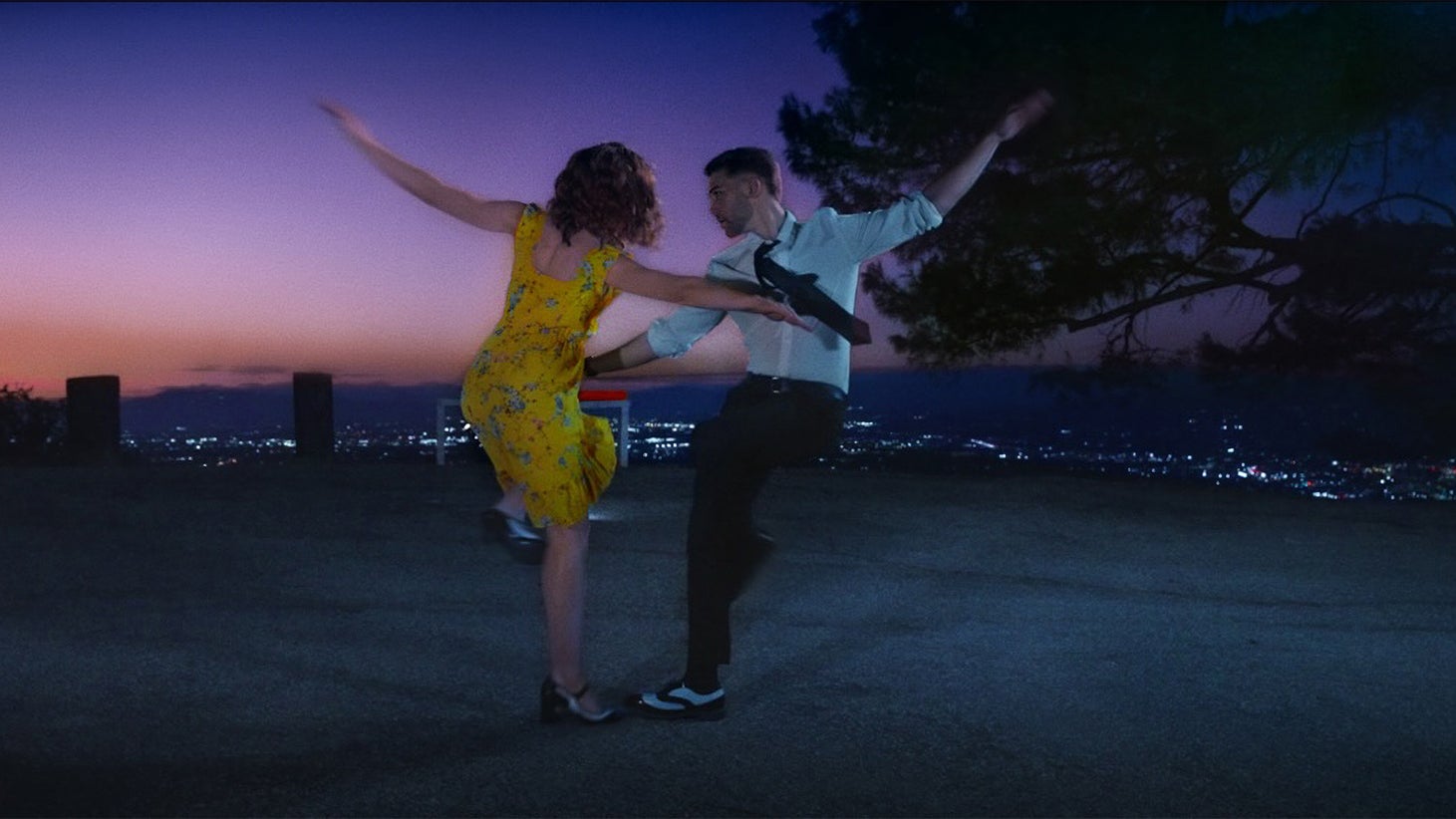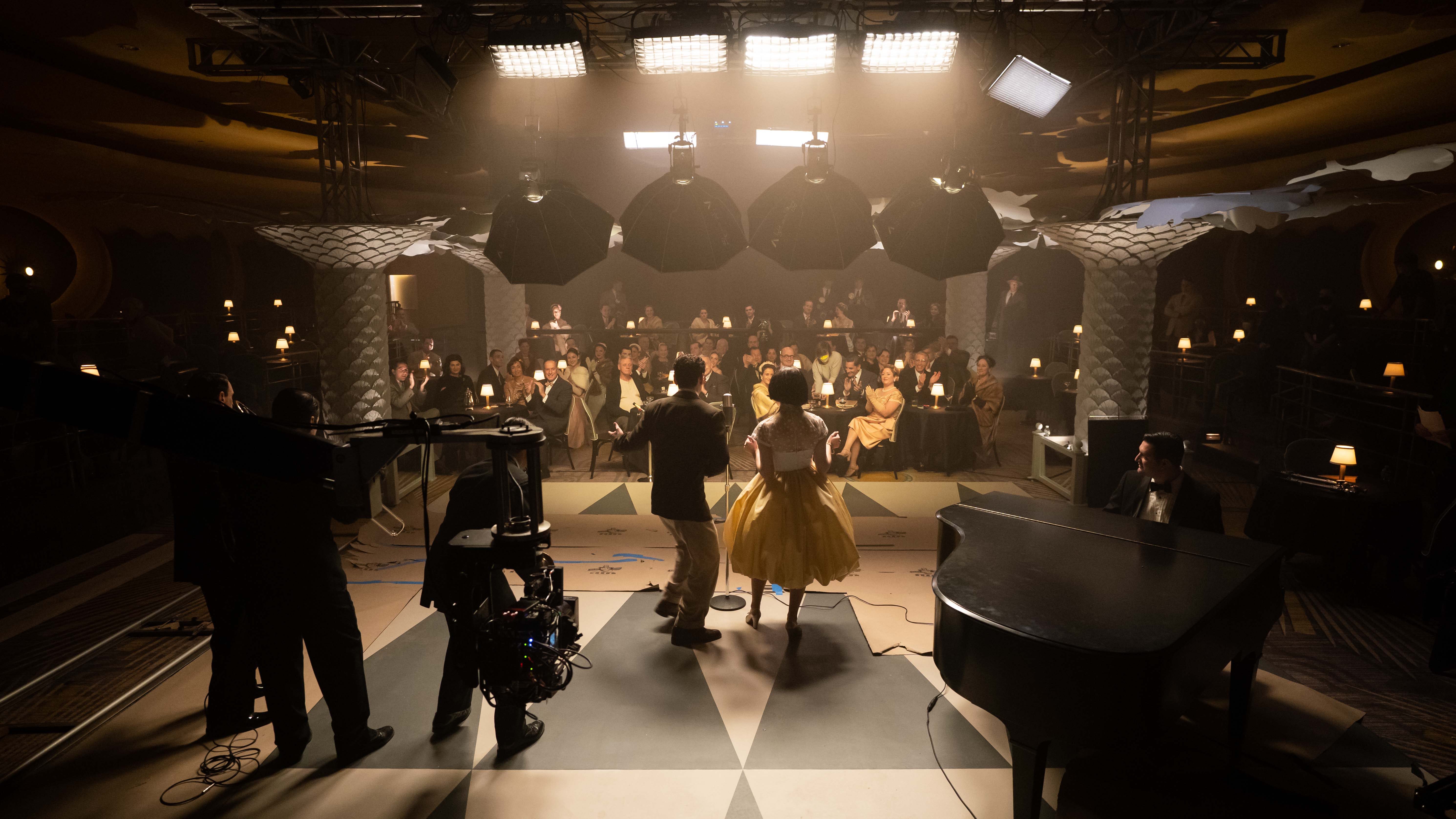
04-22-2025 - Filmmaker Interviews
Sony VENICE 2 Gives DP Dante Spinotti, ASC, Subtleties and Textures on The Alto Knights
By: Yaroslav Altunin
Films are a collaborative effort. They say it takes a village but for The Alto Knights, a biographical crime drama directed by Barry Levinson (Rain Man, Good Morning, Vietnam) and starring Robert De Niro in two distinct roles, that village is inhabited by legends of the industry.
To capture this project, DP Dante Spinotti, ASC, AIC, (L.A. Confidential, Heat) reunited with Levinson and De Niro, reigniting a creative collaboration with the latter that culturally defined Los Angeles in the 90s. For his toolkit, Spinotti partnered with the Sony VENICE 2 and Sony FX3, blending two ends of the Sony ecosystem to combine precision with effortless freedom.
Sony Cine sat down with Spinotti and the film’s DIT, Daniele Colombera, to learn more about the creative choices made on The Alto Knights and how the creative team blended two unique workflows with the VENICE 2 and FX3.
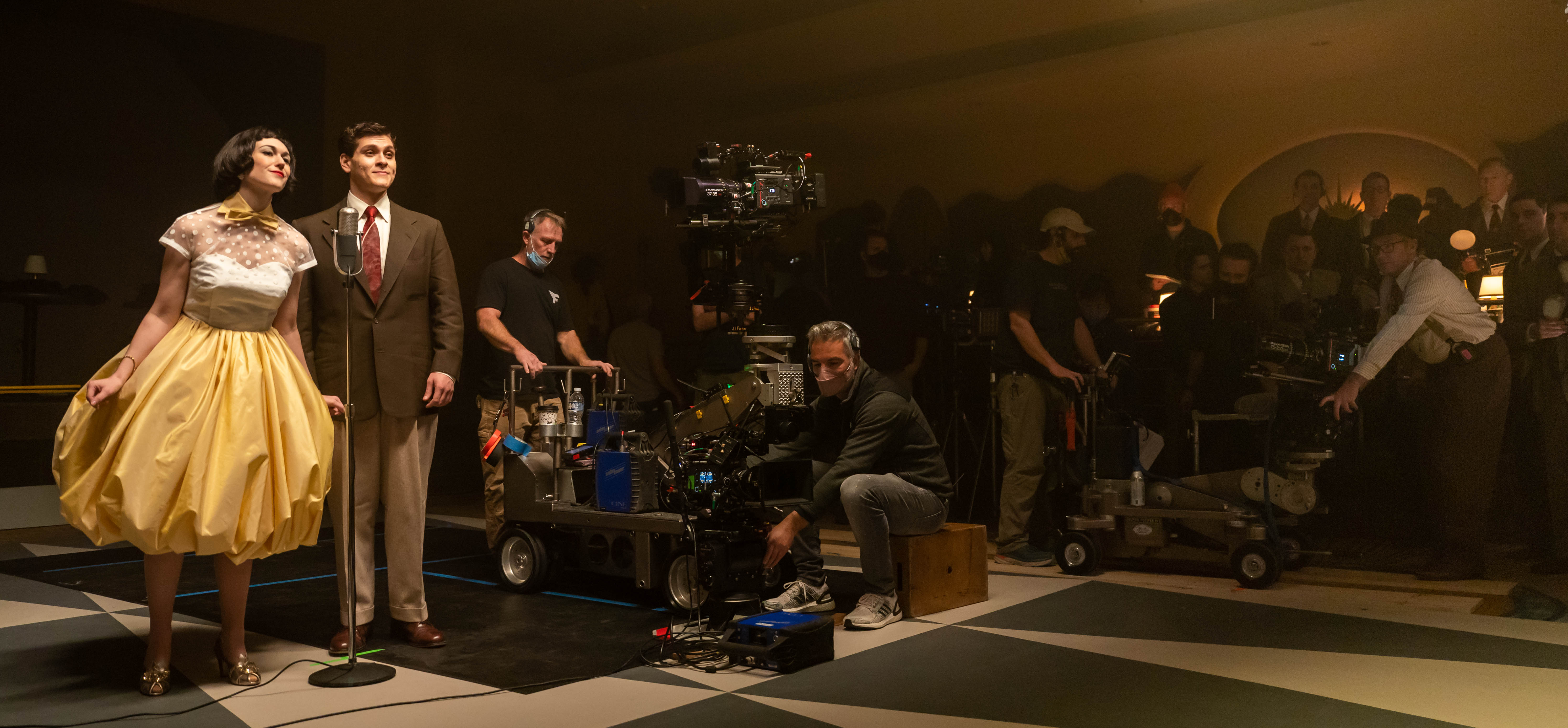
Filmmaker Interview: VENICE 2’s Creative Language on The Alto Knights
Set in the late 1950s, The Alto Knights chronicles the clash between Vito Genovese and Frank Costello of the Luciano crime family. In the early days of the project, De Niro was cast to play only one of the two characters. However, as Levinson continued pre-production, he discovered that only one actor could portray the other mafioso — De Niro himself.
"The decision was taken to have De Niro play two characters. So, he had to play one character one day, another character another day," Spinotti said. "He had to have different makeup, and I tried to do a different lighting with him as well."
Crafting a film with one actor playing two roles, with different costumes, makeup, and prosthetics demanded a concentrated effort. For Spinotti, who joined the project only 10 days before principal photography began, the VENICE 2 supported that effort and sparked creativity in his compositions.
"[We] had three VENICE 2s and a couple of FX3 cameras that were organized by Daniele Colombera," Spinotti shared. "I was very happy about the VENICE 2 because I had done some previous tests, and I felt that the camera itself is probably the best camera on the market in terms of image quality and performance.”
The film itself was inspired by the photojournalists of the 1950s. In the pre-paparazzi era, images taken by these photographers embodied bright flashes, quick action, and handheld camera work, something that Spinotti embraced in the short few days he had to prep.
"I had a set of still photos by production designer Neil Spisak, whom I knew very well because we did the movie Heat together with Michael Mann," Spinotti explained. "He had this block of 30 to 50 photos, which was extremely useful for me as guidance."
Photos captured using strobe flashes created unique compositions lit from the front that left the background in shadows. While often a traditionalist, Spinotti saw these photos as the first steppingstone in crafting the visual language of The Alto Knights.
"All my movies, except maybe for some musicals that I did in the past, were lit, like most of us do, with the concept of realism," Spinotti said. "You walk into a room, there's a window on the right, and that's where the light is coming from."
"In this film, I decided to change the idea completely. And inspired by these strobe pictures, I said, 'Why don't we reinterpret this idea to light the whole movie and our characters from the front?'"
The VENICE 2 offered technical solutions, especially when used with the VENICE Extension System for tight car work. For Spinotti, the textures and colors that the VENICE 2 produced allowed him to embrace the color palette of his locations and costumes.
"There's one shot in The Alto Knights, which is a close-up of…Robert De Niro, and he's playing Frank Costello. He's sitting on a bench in a park. He's lit by the sky, the trees, the house nearby. He's got some bounce light, and I only rigged a 12 X 12 black cloth on the side and took the sun away from him."
"That close-up, to me, together with perfect grading by Stefan Sonnenfeld at Company 3, is the representation of how great the [VENICE 2] is. There's so much surface. It feels like an oil painting. There are so many colors and subtleties on [De Niro's] face, reflections from the blue sky, and different colors reflected from the atmosphere. The texture is absolutely incredible, and the thickness of the image is also spectacular."
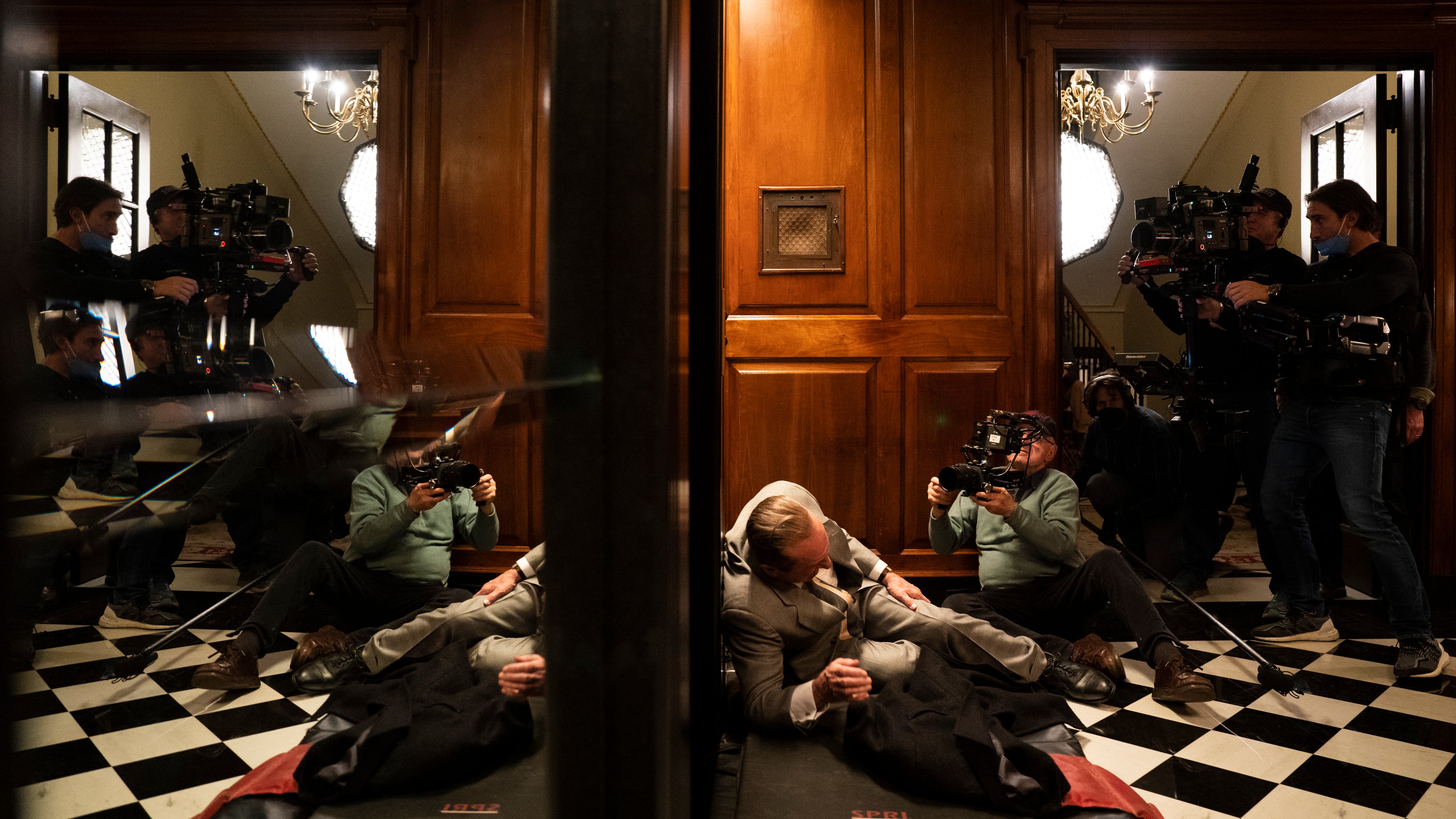
To further separate each character that De Niro played, Spinotti changed his approach to lighting between Costello and Genovese. Where one was more traditional, the other was lit to express his violent and sinister nature.
"Frank Costello was lit in a more traditional kind of way. The angles and the light were low, more traditional,” Spinotti said. "Frank Costello was the more modern side of the Mafia, the more advanced side of the Mafia, working with corruption, working with politics."
"Whereas, Vito Genovese, it was the violent side of Mafia. It was killing people and selling drugs and things like that." Spinotti continued. "Vito Genovese was lit more from the top, but he was in a hat, and he had glasses, so I had to figure out angles of lighting to catch his eyes without seeing the reflection of the lighting unit in the glasses."
“As a solid starting point, we relied on the exceptional work of our production designer and costume designer," Colombera added "who created a very specific color palette that was enhanced by Dante's lighting.”
Even as the approach to lighting shunned realism, Spinotti and Colombera still focused on capturing the authenticity of the locations and period. With principal photography taking place during fall and winter, the colors were earthy blacks and browns, with moments of vivid color sprinkled throughout the film.
"We worked a lot on trying to capture the authenticity of those beautiful colors instead of trying to artificially bend those hues one way or the other," Colombera said. “Those specific tones belong to fall and winter in NYC. There are very few sunny, bright days and everything has slightly muted colors, but never deliberately desaturated."
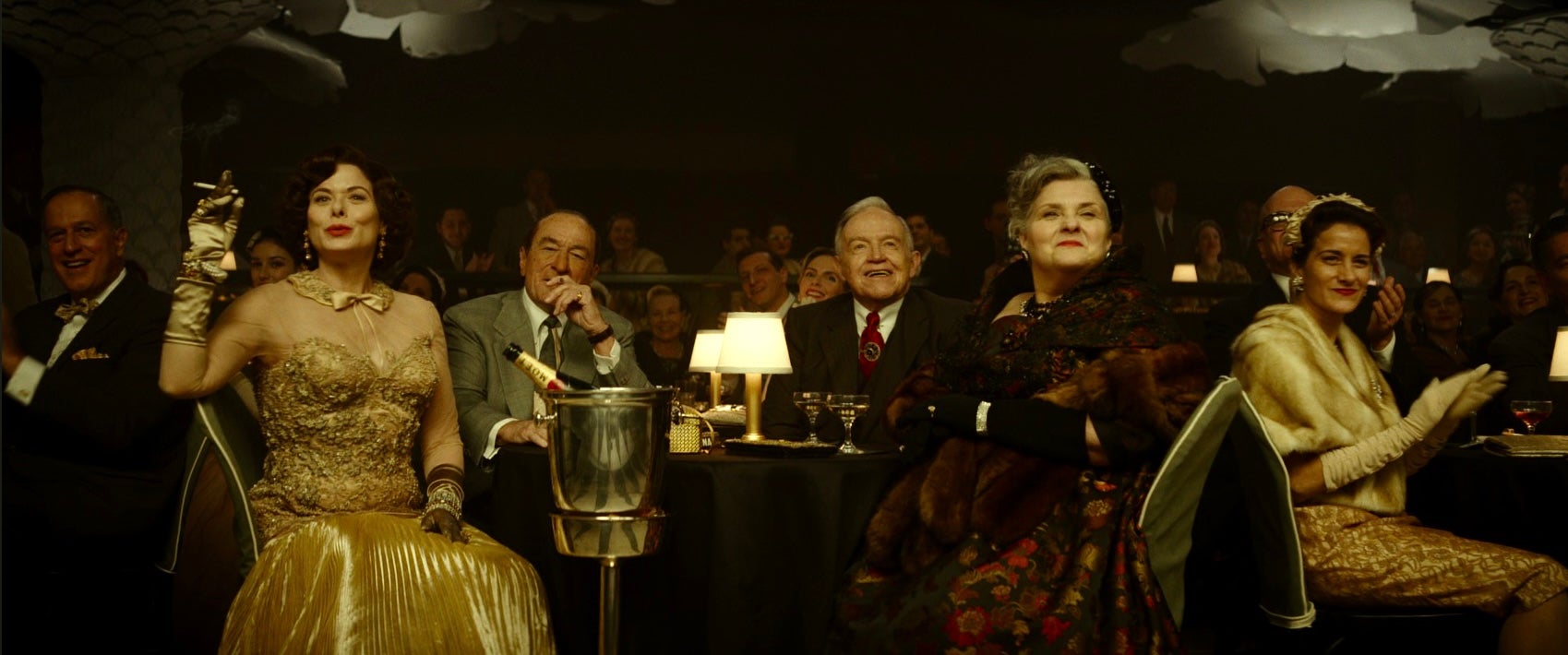
Filmmaker Interview: Blending the FX3 and VENICE 2 for The Alto Knights
While the main cameras for The Alto Knights were three Sony VENICE 2's, Spinotti was often seen on set with an FX3 in his hand. Rigged up to pair with the flagship cinema camera, but in a much smaller form factor, the cinematographer used the FX3 to find spontaneous moments or interesting angles.
"Small cameras that have a very high quality are bringing to the business quite a new philosophy or way of approaching filmmaking," Spinotti said. "[For The Alto Knights], we shot mostly on location, almost all of it. And I made extensive use of the small Sony [FX3]."
Paired with photography E-mount lenses and zooms, the FX3 provided Spinotti with a stable platform with image stabilization and autofocus, allowing him to carry the camera around his neck and sometimes shoot without a focus puller.
"First of all, they're stabilized. So, you don't have to necessarily do a handheld-looking movie," Spinotti said. “In some situations, you can achieve an image which is almost as steady as if the camera was on a tripod. And, of course, it's very small. So, you can have the camera hanging on your neck, ready for when you need to do a special angle."
“Once I saw a beautiful angle from the floor in the back room of a night club. So, I told the director, 'There might be a very interesting perspective from down here and, in a matter of seconds, we had an FX3 ready to roll where we wanted, low on the ground."
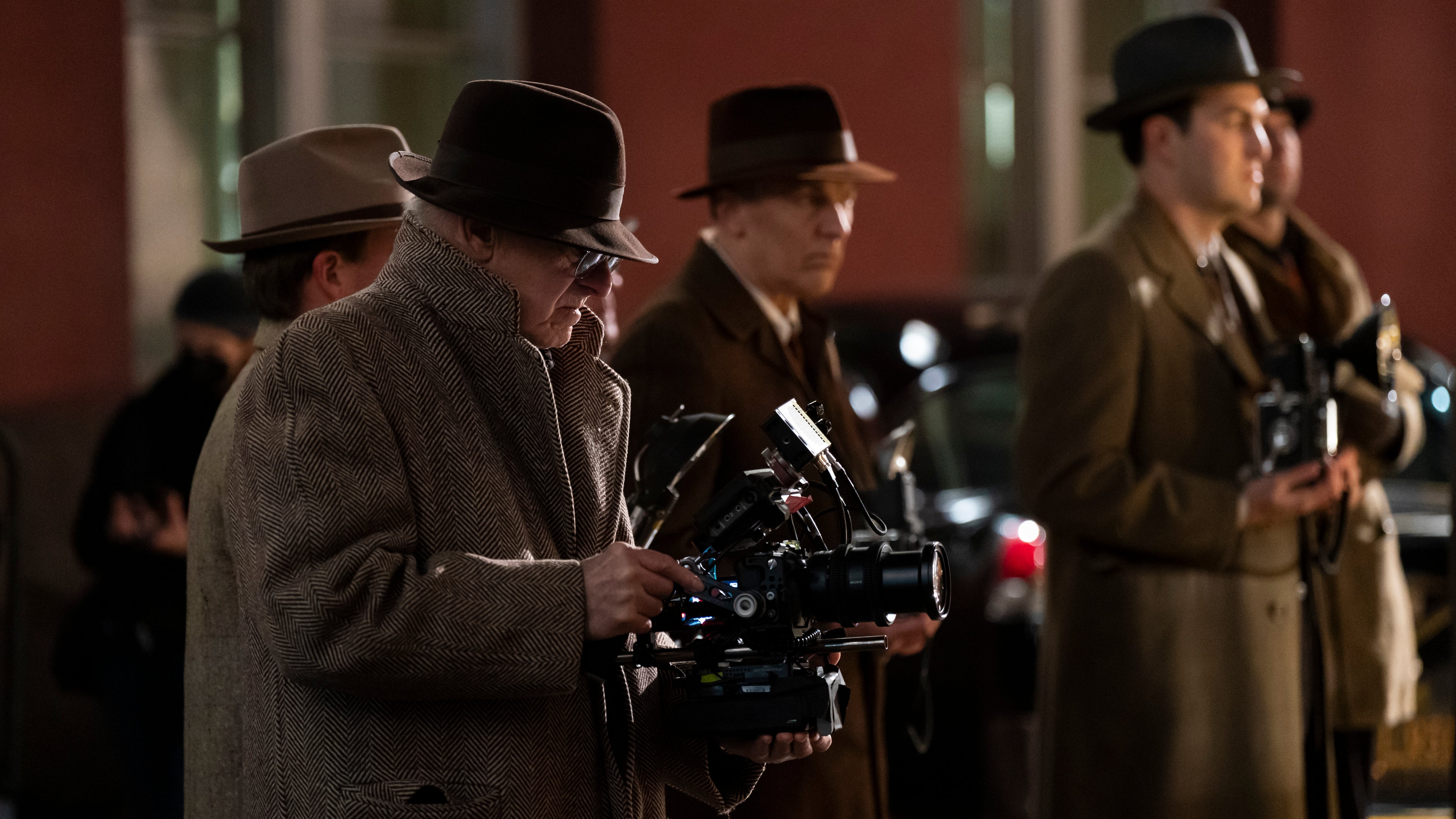
While the benefit of this approach to composition saved time and money, Spinotti saw this new way of working as more than a cost saving measure. It was a way to tell the story in a new and unique way.
"Obviously [you're] saving time and money, but it's also about slowly changing the way that movies are made and the language of the movies themselves."
Blending the two types of cameras was a collaborative ballet between Spinotti and Colombera. As one framed the composition and directed the lighting, the other took care of camera settings and exposure, grading and matching all cameras live on set.
"I was actually surprised that we were able, on one hand, to use state-of-the-art cameras with world class T-series anamorphic lenses tuned by Dan Sasaki from Panavision, and on the other hand, have an FX3 equipped with Sony AF lenses," Colombera said. "There were definitely some differences, but we were able to blend the two in a way that is almost invisible."
Footage from the FX3 was used for ordinary scene coverage, standalone shots, and to shoot era-accurate footage for TV comps within the scenes themselves.
"We recorded externally in 4.2K ProRes RAW, and we rolled close to 60 rolls with the FX3. It was a camera that was deployed daily, and Dante was mainly operating it.”
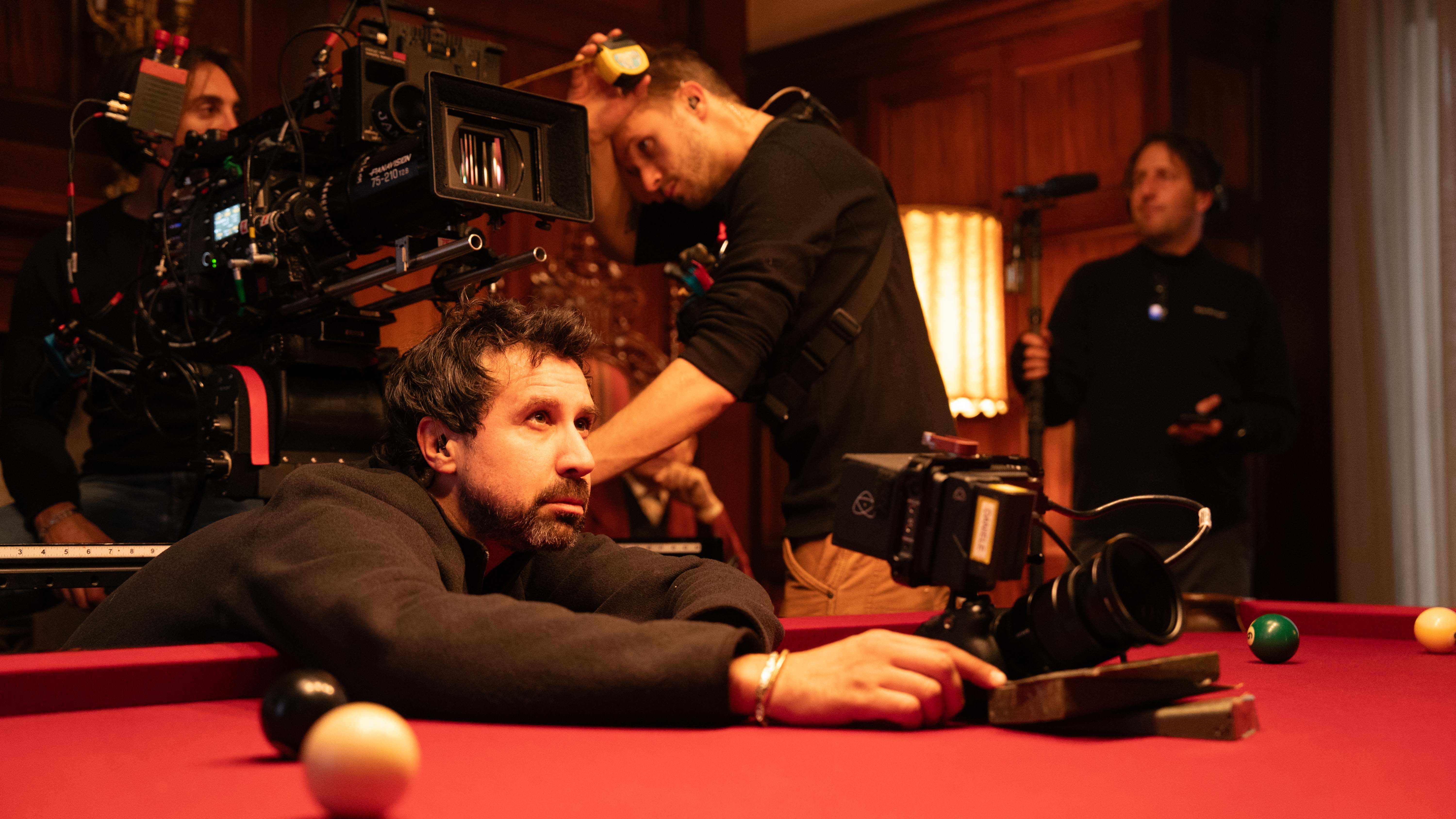
Filmmaker Interview: Spinotti and The Alto Knights: A Tale of Bridges
The Alto Knights is a tale of bridging the past and the future, told through the mafiosos of the late 20th century. In contrast to the characters of Frank and Vito who burned the bridges between them, Spinotti and his team built them instead, connecting different camera systems, two distinct characters shot on different days, and the language of movies across different eras.
For his next project, a documentary about Pee Wee Kirkland, Spinotti brings with him the lessons learned on The Alto Knights and the camera that helped teach those lessons.
"It's a series of flashback scenes from a beautiful documentary directed by Deon Taylor with previous cinematography done by Chris Duskin, and I'll have the same combination of cameras," Spinotti said. "I'll go back to the FX3, and we will have the VENICE 2 as well.”
And even after such a storied career, the Director of Photography continues to embrace growth, finding new and interesting ways to tell stories as cameras and imaging technology evolves.
To learn more about the Sony VENICE 2 or the FX3, catch up on the firmware roadmap here.





